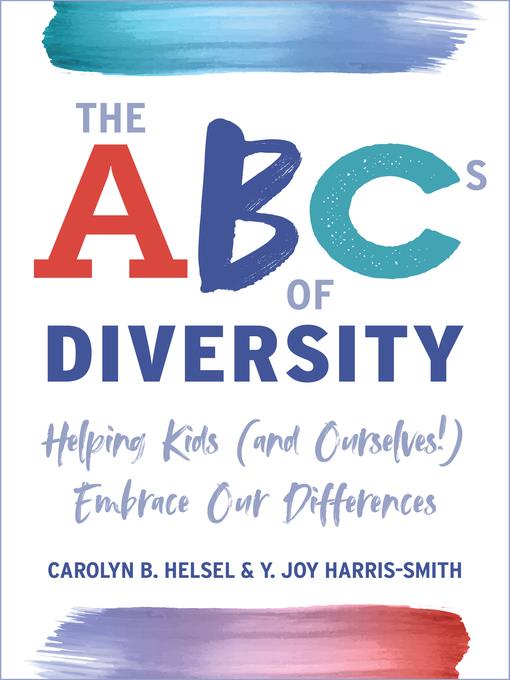
The ABCs of Diversity
Helping Kids (and Ourselves!) Embrace Our Differences
- اطلاعات
- نقد و بررسی
- دیدگاه کاربران
نقد و بررسی

May 15, 2020
In eight chapters, authors Helsel (Austin Presbyterian Theological Seminary; Anxious To Talk About It) and Harris-Smith (Princeton Theological Seminary) offer a course of action to talk to children and teens about diversity and inclusion, and how to celebrate our differences. Topics include race, gender, sexuality, religion and politics, nationality, ethnicity, and culture. The authors explore how our assigned gender at birth influences our lives, and how we image ourselves. Later chapters examine contemporary American society and the varied responses, both affirmative and otherwise, to a changing cultural landscape. Two chapters focus on social media and its impact on diversity. The authors argue that adults should make an effort to continually learn and lead by example, including reaching out and building relationships with people from different backgrounds. Appendices include annotated bibliographies for additional readings and activities. VERDICT A well-structured and pragmatic approach to teaching young people how to embrace the differences among us and begin to participate in civic engagement. Best for parents, educators, and community and pastoral leaders.--Jacqueline Parascandola, Univ. of Pennsylvania, PA
Copyright 2020 Library Journal, LLC Used with permission.

September 1, 2020
This guide for parents and educators intends to break down the language of diversity for social justice newcomers and the more experienced alike. There are some good ideas-in particular, the titular mnemonic for responding to difference by moving from "Automatic ABCs: Afraid, Back Away, Control" to "The ABCs of Intentional Engagement: Acknowledge, Be Present, Come Closer" to "The ABCs of a More Just Society: Access, Build, Cultivate." Harris-Smith, a Black academic, and Helsel, a white pastor, trade off sections, sharing autobiographical anecdotes. This approach works well at times (illustrating concepts such as "being a good host and guest" as a metaphor for respectful cultural learning) but can distract from the sharing of key concepts from well-selected background readings. Occasionally the scope of topics is broader than the authors' expertise. Gender and sex are briefly conflated, and the freighted term preferred pronouns is used once. Teachers are rightly encouraged to eschew superficial or exoticizing classroom activities in favor of lifelong learning and self-reflection. But strategies given for discussion or implementation are uneven. Sample scripts for asking strangers to explain their identities to one's curious children are problematic. Readers will need to dig into the referenced works for more research-aligned ways to help youth of different ages engage with diversity and activism. VERDICT An appealing invitation to learn more, with some powerful personal insights and strong synthesis of others' work on diversity, equity, and inclusion; not a primary resource for curriculum or hands-on activities.-Miriam DesHarnais, Towson Univ., Baltimore
Copyright 2020 School Library Journal, LLC Used with permission.




دیدگاه کاربران